International arbitrations take place within a complex and vitally-important international legal framework. As summarized in this introductory chapter, contemporary international conventions, national arbitration legislation, and institutional arbitration rules provide a specialized and highly-supportive enforcement regime for most contemporary international commercial arbitrations and international investment arbitrations. A significantly less detailed legal . . . Read more
It is elementary that international arbitration is consensual: without an agreement to arbitrate, of some sort, there can be no arbitration.1 At the same time, the terms of the parties’ arbitration agreement play a central role in defining the character of any arbitration, including the arbitral proceedings, and in producing . . . Read more
The formation and validity of international arbitration agreements are of vital importance to the arbitral process. Both issues arise in many international arbitration cases and can have a decisive impact on the course of arbitral proceedings. This chapter provides an overview of issues relating to the formation and validity of . . . Read more
Under the New York Convention, other international arbitration instruments, and most national arbitration regimes, parties enjoy broad autonomy to draft international arbitration agreements in the fashion they desire. The parties’ autonomy inevitably produces a wide range of different arbitration agreements. Arbitration clauses can be very short (a few words) or . . . Read more
As we have seen, virtually all international and national legal regimes regard arbitration as consensual and provide that only the parties to an arbitration agreement are obliged to comply with that agreement.1 In most cases, the parties to an arbitration agreement are—and are only—the entities that executed the underlying contract . . . Read more
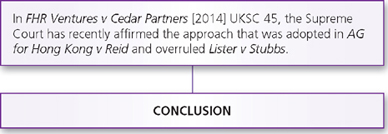
8 Constructive trusts I AIMS AND OBJECTIVES By the end of this chapter you should be able to: ■ understand the shades of meaning of the expression ‘constructive trust’ as used over the centuries ■ distinguish between an institutional and remedial constructive trust ■ understand the rule in Keech v . . . Read more
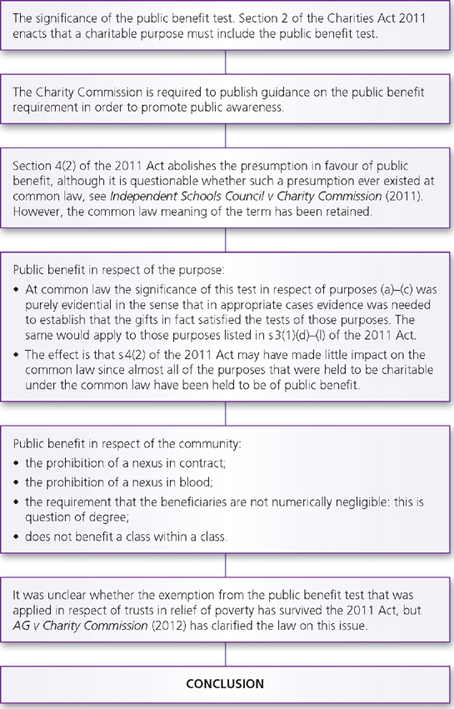
12 Charitable trusts AIMS AND OBJECTIVES By the end of this chapter you should be able to: ■ appreciate the privileges enjoyed by charitable trusts ■ define a charity within the new Charities Act 2011 ■ recognise a charitable purpose within the Charities Act 2011 ■ understand the cy-près doctrine . . . Read more
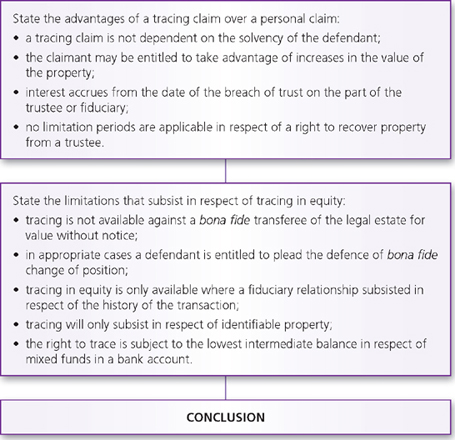
16 Breach of trust AIMS AND OBJECTIVES By the end of this chapter you should be able to: ■ recognise whether a breach of trust has been committed by the trustees ■ apply the principles concerning the measure of the trustee’s liability ■ ascertain whether simple or compound interest is . . . Read more
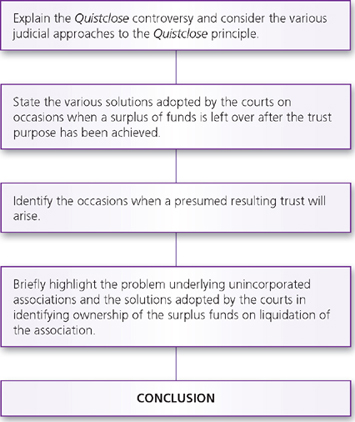
7 Resulting trusts AIMS AND OBJECTIVES By the end of this chapter you should be able to: ■ classify resulting trusts ■ understand the Quistclose controversy ■ recognise an unincorporated association ■ comprehend the basis of distributing funds on the liquidation of unincorporated associations ■ understand the rationale behind presumed . . . Read more
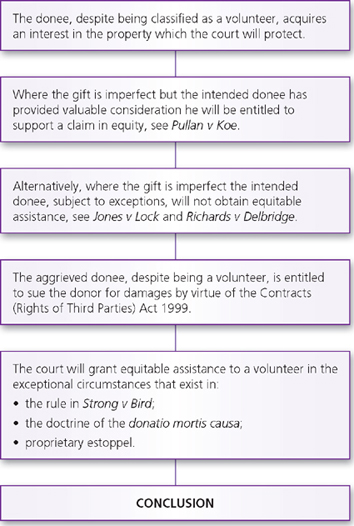
4 Constitution of an express trust AIMS AND OBJECTIVES By the end of this chapter you should be able to: ■ identify the essential tests in Milroy v Lord for the constitution of an express trust ■ appreciate that the law in this chapter involves gifts and the creation of . . . Read more




